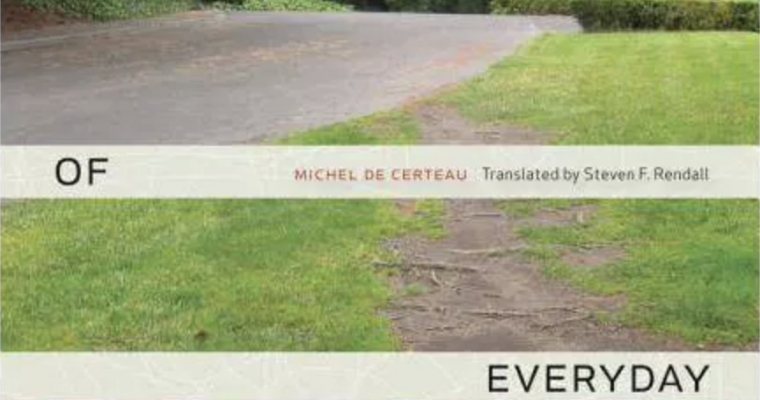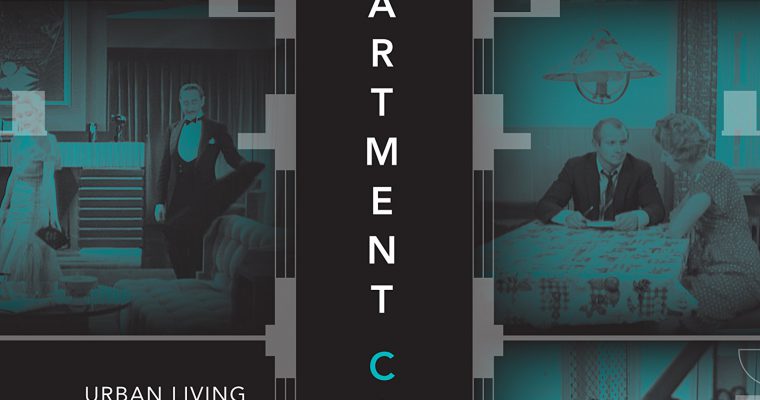[Reading Response: Michel de Certeau]
In this reading, Michel uses an interesting comparison of everyday spaces and narratives. Similarly, both subjects involve certain aspects that are made up of our participation, either physical or imagination. Unlike a ‘place’, which has a more rigid structure, spaces are more fluid, meaning that one place could have multiple spaces, either coexisting or not. Based on this, there could be numerous narratives of one place at the same time, which gives the word ‘metaphor’ another meaning in reality. Metaphor is defined as a figure of speech that describes an entity not based on its appearance but to illustrate an

